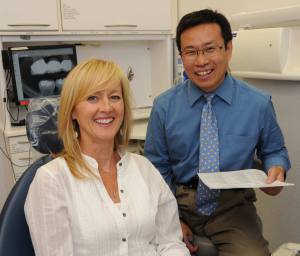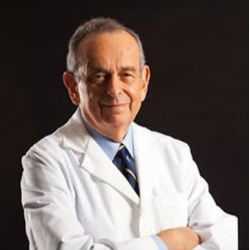Study challenges longstanding explanation of dental pain
 A new study may help to better decipher the puzzle of how pain is transferred within the teeth and surrounding tissues, and could lead to potential targets for developing more effective drugs for tooth sensitivity and dental pain.
A new study may help to better decipher the puzzle of how pain is transferred within the teeth and surrounding tissues, and could lead to potential targets for developing more effective drugs for tooth sensitivity and dental pain.
A longstanding hydrodynamic theory states that environment stimulation triggers fluid movement in a tooth’s hard tissue, which then stimulates the tooth’s nerves in its root, causing pain.
“Our work doesn't overthrow the traditional hydrodynamic theory, but it shifts the paradigm to a more complex mechanical-biological mechanism,” says Xiuxin Liu, D.M.D., Ph.D., assistant professor at the Eastman Institute of Oral Health and lead author of the study, which was published in the Journal of Dental Research. “By dissecting the signal pathway at the cellular and molecular level, we learned in more detail about the pain transduction mechanism within the teeth.”
Liu was funded by the CTSI’s KL2 Mentored Career Development Program from 2013 to 2015 to investigate ATP signaling and dental orofacial pain, which is directly related to the recent study. The KL2 Program provides two years of support for new investigators interested in a career in clinical or translational research. The program is designed to support the career development of those who wish to pursue research careers in multidisciplinary clinical and translational science.
Check out a list of our current and past KL2 scholars.
Read the full study, here.
Liu’s KL2 Mentored Career Development Award was funded by the University of Rochester CTSA award number KL2 TR000095 from the National Center for Advancing Translational Sciences of the National Institutes of Health.
Michael Hazard | 6/2/2017



